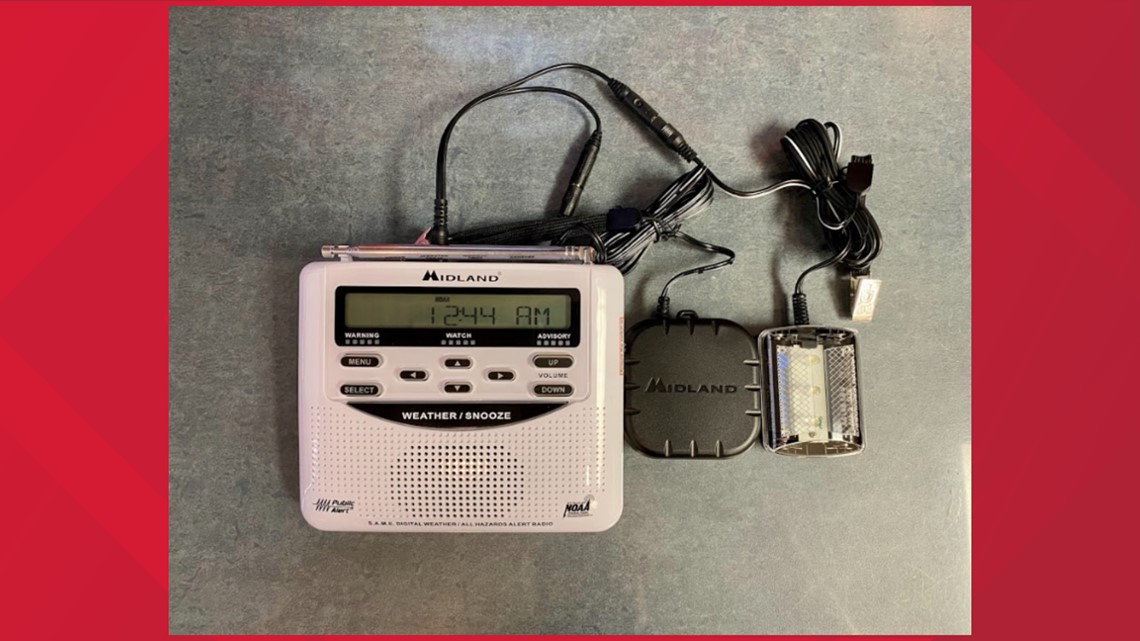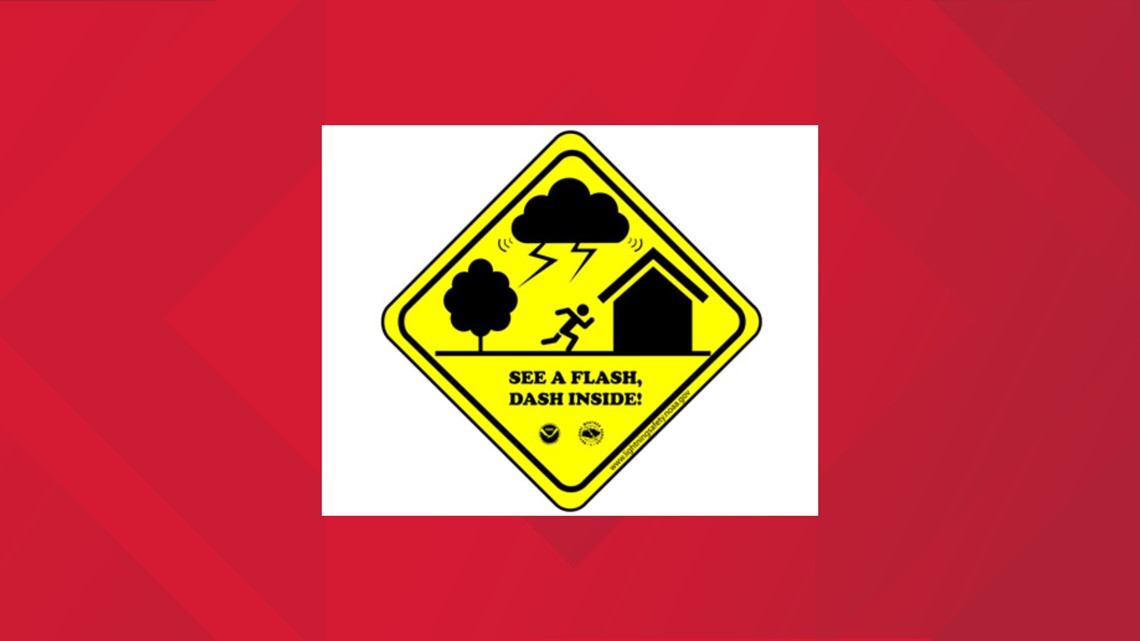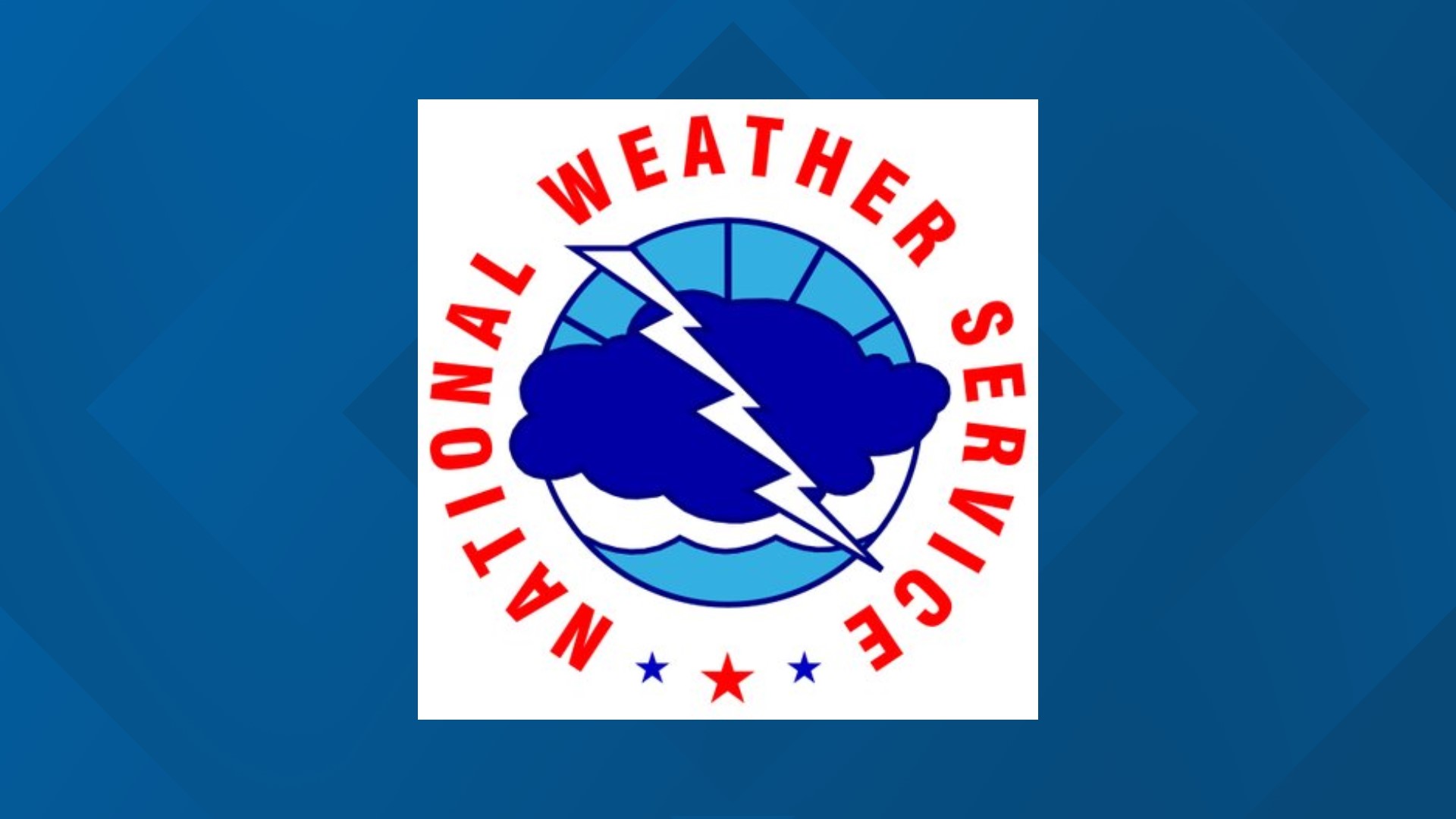DES MOINES, Iowa — March 27-31 is recognized as Severe Weather Awareness Week in Iowa, according to state emergency managers and the National Weather Service in Des Moines.
Meteorologists and other disaster specialists use this week to encourage Iowans to review their plans for severe weather, and to identify what methods they will use to receive severe weather alerts.
One of the highlights of Severe Weather Awareness Week is the statewide tornado drill, which is scheduled to occur on Wednesday, March 29, 2023 at 10 a.m. CST.
Local municipalities and county officials will sound severe weather sirens as a test only at that time.
Meteorologists, including those at Local 5 News, often stress the importance of having multiple ways to get notified about severe weather, especially when a more active pattern develops in the Midwest during spring and summer.
However, most severe weather alerts rely on an individual's ability to hear the alerts, which poses problems for those who are deaf or hard-of-hearing.
Jennifer Saari, a meteorologist for the National Weather Service office in Huntsville, Alabama, is an advocate for the deaf community, and helps them find alternatives to traditional severe weather methods.
Two tools Saari suggests are strobe light and shaker attachments for NOAA weather radios, like the ones available here from Midland.


The strobe light attachment flashes white when NOAA weather radios transmit severe weather alerts, offering an unmistakable visual cue for people who are unable to hear.
Shaker attachments, on the other hand, clip onto surfaces, such as pillows, and will vibrate when a NOAA weather radio alert is sent.
Saari also helped co-develop the National Weather Service's "See a Flash, Dash Inside" campaign for the deaf community, which offers an alternative to the more commonly used "When Thunder Roars, Go Indoors" phrase.


"This has just been a passion of mine to reach out in this community, to help them...but also to help others know about the needs that are out there and so that they can help too," Saari said.
As severe weather season approaches, Local 5's weather team is committed to keeping your family safe and informed.
Now is the time to download the free WeAreIowa app and turn on notifications for severe weather alerts.
Important Weather Links:
Download the We Are Iowa app or subscribe to Local 5's "5 Things to Know" email newsletter to get the latest weather forecast.\

